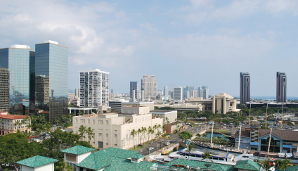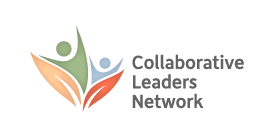
The dual goals of this strategy are to move forward on a development project that will impact a community and build strong relationships with the affected parties.
When a company or an agency (“sponsor”) wants to take an action that will significantly impact a community, working with that community to find a way forward is worth the time and effort. For this to happen, the process must be co-developed with the community.
This starts with the sponsor’s efforts to discern the worldview and motivations of community stakeholders. By learning what really matters to affected individuals and groups, the sponsor can work with them to define a set of community benefits that will honor stakeholders for the adjustments they might have to make and the burdens they carry. A package of agreements is central to this strategy … whether the community approves, opposes, or is silent about the proposed project.
Critical to the success of this process is the fact that it is led by a company executive who stays fully involved. This ongoing involvement by the “sponsor/leader” can take a number of forms; the executive may serve as the group’s facilitator, or may simply be present at the meetings to provide clarification on issues when asked by the group or by a third-party facilitator. The engagement of a senior level representative sends a message to the community and to the company about just how important the issue, the process, and the relationship with the community are. A good process can help to move a project forward and build a positive relationship with the community.
This strategy places control of the process in the hands of the community; it models and encourages integrity, transparency, humility, and the honoring of vastly differing perspectives.
Stage 1: Walkabout
Through conversations with community leaders, the work of this stage is to understand community perspectives and build sufficient trust to enable a process to take place.
Stage 2: Process Design
The goal of this stage is to decide whether to launch a community engagement process, and if so, to allow for its joint design by the group participants and process design team.
Stage 3: Defining the Problem and Setting the Context
In this stage, the group process is explained, the proposed project is presented, and every effort is made to put and keep control of the process in the hands of the community.
Stage 4: Tentative Acceptance and Problem Solving
This stage moves the community toward a greater comfort with the sponsoring company’s goals and with the notion of givebacks for the burden being shouldered by the community.
Stage 5: Proposal Clarification
In this stage, the group develops a tentative list of givebacks.
Stage 6: Sit-Down with Key Protagonists
This stage arises when a breakdown occurs and meetings need to be suspended so that the leader and affected parties can sit down separately and off-line.
Stage 7: Proposal Evaluation
A package of givebacks is evaluated for its value to the community and agreed to in this stage.
Stage 8: Respectful Closure
In this stage, it is between the company and the community to see if they can jointly wind up at the same place.
